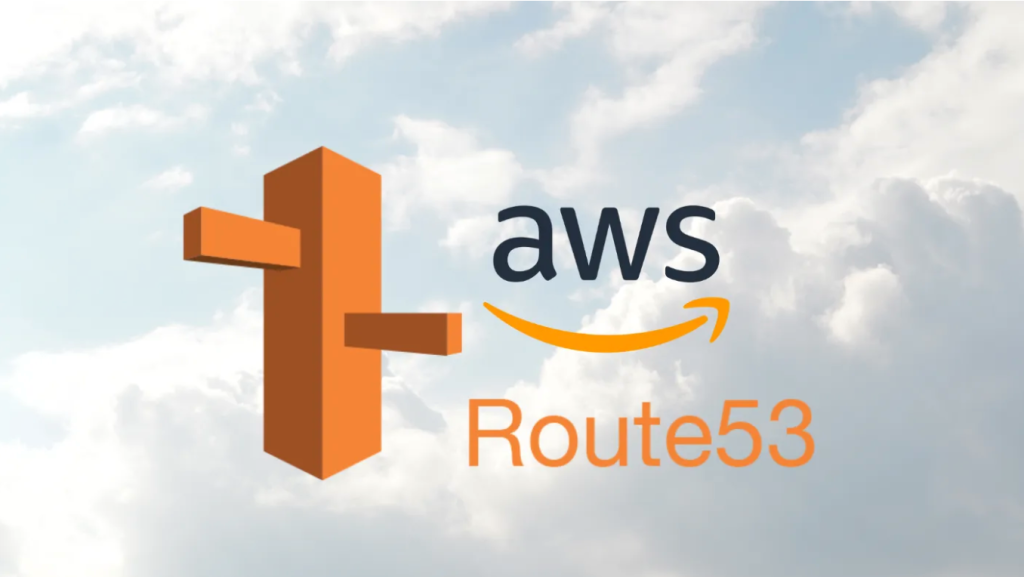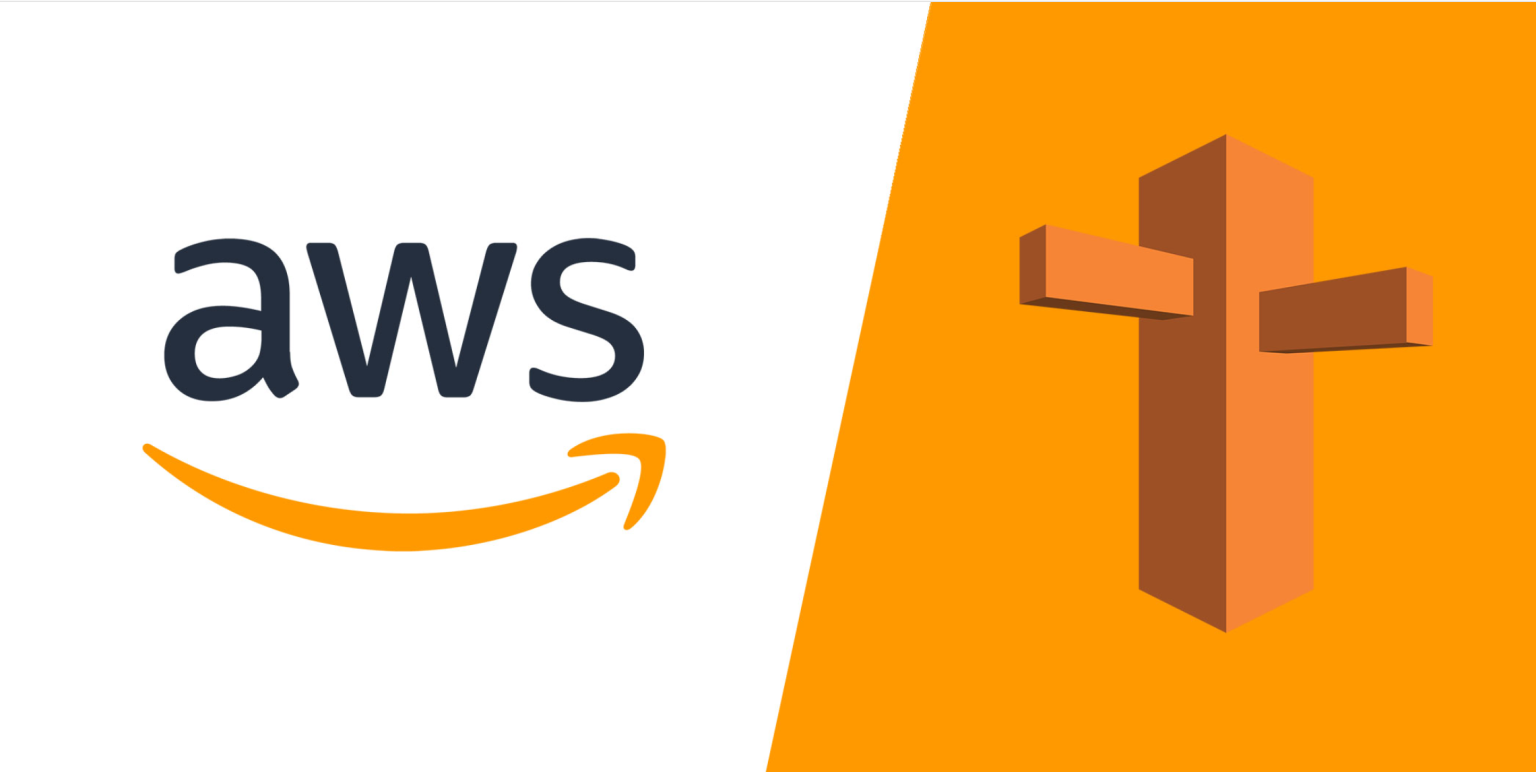Having a reliable and efficient DNS (Domain Name System) management system is crucial for businesses and individuals alike. Amazon Web Services (AWS) Route 53 offers a comprehensive and user-friendly solution to manage DNS for your applications and domains. Read and know more about AWS Route 53 and explore how it simplifies the process of DNS management. Whether you are a seasoned developer or just starting with AWS, this guide will provide you with the knowledge and insights to navigate the world of AWS Route 53 with ease.
What is AWS Route 53?
AWS Route 53 is a scalable and highly available DNS web service provided by Amazon Web Services. It offers a reliable and cost-effective way to route end users to internet applications by translating domain names into IP addresses. The name “Route 53” is derived from the fact that the DNS operates on port 53, which is the standard port for DNS traffic.
Why Choose AWS Route 53?

When it comes to DNS management, AWS Route 53 stands out for several reasons. Here are some compelling reasons why you should choose AWS Route 53.
1. Reliability
AWS Route 53 provides a globally distributed infrastructure with multiple redundant servers, ensuring high availability and reliability for your DNS queries.
2. Scalability
With AWS Route 53, you can easily handle any amount of traffic without worrying about capacity constraints. It can effortlessly scale to handle millions of queries per second.
3. Performance
Route 53 offers advanced features like latency-based routing, which routes your users to the closest AWS region, resulting in reduced latency and improved performance.
4. Integration with AWS Services
Being an AWS service, Route 53 seamlessly integrates with other AWS services such as AWS EC2, AWS S3, and Load Balancers, making it an excellent choice for hosting your applications on AWS.
5. Cost-Effective
AWS Route 53 follows a pay-as-you-go pricing model, which means you only pay for the resources you use. This makes it a cost-effective option for businesses of all sizes.
How To Get Started with AWS Route 53

Now that you understand the benefits of using AWS Route 53, let’s dive into how you can get started with this powerful DNS management service.
1. Sign up for AWS and Access Route 53
To begin, you need to sign up for an AWS account if you don’t already have one. Once you have your AWS account, you can access Route 53 by logging into the AWS Management Console and navigating to the Route 53 dashboard.
2. Create a Hosted Zone
A hosted zone is a container for your DNS records. To get started with Route 53, you need to create a hosted zone for your domain. Navigate to the Route 53 dashboard and click on “Create Hosted Zone.” Enter your domain name and configure the necessary settings.
3. Manage DNS Records
Once you have created a hosted zone, you can start managing your DNS records. Route 53 supports various types of DNS records, including A, AAAA, CNAME, MX, TXT, and more. You can add, edit, or delete DNS records as per your requirements.
key aspects of AWS Route 53
AWS Route 53 offers a wide range of features and capabilities that make DNS management a breeze. Let’s explore some key aspects of AWS Route 53 and how they simplify the DNS management process.
1. DNS Failover
DNS Failover is a powerful feature of AWS Route 53 that helps ensure the high availability of your applications. With DNS Failover, you can configure health checks for your resources and automatically route traffic to healthy endpoints in case of failures. This helps minimize downtime and ensures a seamless experience for your users.
2. Traffic Flow
Traffic Flow is a feature that allows you to control how traffic is routed to your applications. With Traffic Flow, you can create complex routing policies based on various parameters like geographic location, latency, or weighted distribution. This enables you to implement sophisticated routing strategies and optimize the performance of your applications.
3. Domain Registration
In addition to DNS management, AWS Route 53 also provides domain registration services. You can register new domains or transfer existing domains to Route 53. This eliminates the need for third-party domain registrars and simplifies the process of managing both DNS and domain registration in a single place.
4. DNS Security
Security is of paramount importance when it comes to DNS management. AWS Route 53 offers several security features to protect your DNS infrastructure. It supports DNSSEC (Domain Name System Security Extensions), which adds an extra layer of security by digitally signing DNS records. Route 53 also integrates with AWS Identity and Access Management (IAM) for fine-grained access control.
FAQs
Can I use AWS Route 53 to host my website?
Yes, AWS Route 53 can be used to host static websites by leveraging Amazon S3 and CloudFront. You can configure Route 53 to route traffic to your S3 bucket or CloudFront distribution, making it easy to host your website on AWS.
Can I transfer my existing domains to AWS Route 53?
Yes, AWS Route 53 provides a simple and straightforward process to transfer your existing domains from other registrars. You can initiate the transfer from the Route 53 console and follow the step-by-step instructions to complete the process.
Does AWS Route 53 support DNSSEC?
Yes, AWS Route 53 supports DNSSEC, which helps protect your DNS infrastructure against unauthorized modifications or DNS spoofing attacks. Enabling DNSSEC adds an extra layer of security to your DNS records.
Can I use AWS Route 53 for internal DNS resolution within my VPC?
Yes, AWS Route 53 can be used for internal DNS resolution within Amazon Virtual Private Cloud. You can configure Route 53 Resolver to handle DNS queries between your VPCs and on-premises networks, enabling seamless connectivity.
Can I automate DNS management tasks with AWS Route 53?
Yes, AWS Route 53 provides a comprehensive API that allows you to automate DNS management tasks. You can use the API to create, update, and delete DNS records, manage health checks, and perform various other DNS operations programmatically.
How does AWS Route 53 handle traffic spikes?
AWS Route 53 is designed to handle traffic spikes and provide scalable performance. It uses a distributed architecture with multiple redundant servers, allowing it to handle high query volumes and adapt to changing traffic conditions seamlessly.
Conclusion
AWS Route 53 offers a robust and user-friendly solution for DNS management. With its reliability, scalability, and integration with other AWS services, it simplifies the process of managing DNS for your applications and domains. Whether you are a small business owner or a large enterprise, AWS Route 53 provides the tools and features you need to ensure high availability and optimal performance for your internet applications. So, dive into the world of AWS Route 53 and navigate DNS management with ease.

